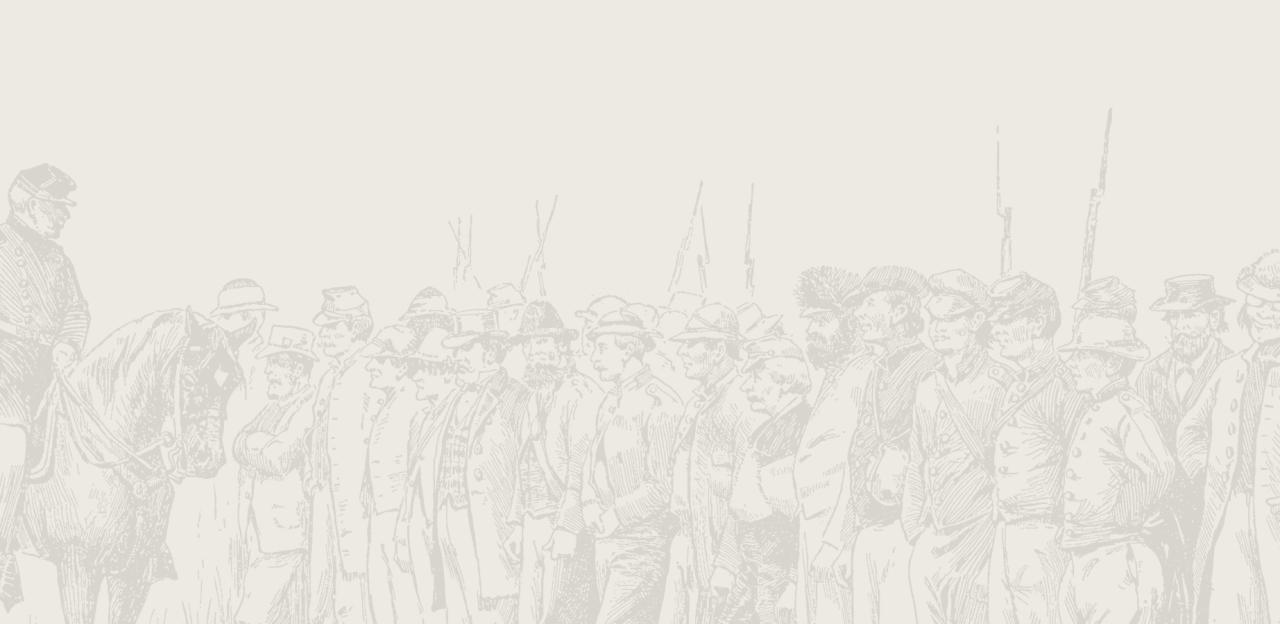Fort Stevens

Battle of Fort Stevens
By the spring of 1864, the number of Union soldiers defending the national capital at Washington D.C. had been reduced from around a peak of 23,000 to around 9,000. General-in-Chief Lieut. Gen. Ulysses S. Grant had absorbed most of those men into the Army of the Potomac in preparation for the Overland Campaign which began that May. The city’s defenders were posted in a series of 160 forts and trenches that encircled the capital. They were hardly front line troops, however; most were poorly-trained office clerks or convalescents from the city’s hospitals. Union war planners relied primarily on the formidable defensive ring of heavy artillery batteries to protect the city from attack.
That June, as the Overland Campaign progressed, Gen. Robert E. Lee felt threatened by the proximity of Grant’s army to the Confederate capital at Richmond. Lee ordered Maj. Gen. Jubal A. Early into the Shenandoah Valley to distract Grant and to make an offensive move against Washington if the opportunity presented itself. Early found himself with such an opportunity in mid-June, and lunged down the Valley toward the Potomac River. Crossing into Maryland in early July, Early won a victory against an improvised Union defense along the Monocacy River on July 9. Now, with his men exhausted and with a lengthening supply and communications line, Early reached Silver Spring, just seven miles from the U. S. Capitol building, on July 11.
Maj. Gen. Alexander McCook commanded the defenses of Washington. McCook’s duty was to delay Early until reinforcements could arrive from the Army of the Potomac. Some of the veteran men from the VI Corps were in fact disembarking from troopships into the city just as Early’s men reached Fort Stevens at the northern edge of the capital’s defensive perimeter. McCook sent dismounted cavalrymen to meet the Confederates advancing toward Fort Stevens and Fort DeRussy, and they succeeded in pushing Early’s men back as night fell.
Skirmishing and artillery fire continued on July 12, as the VI Corps men filed into the forts and trenches. Confederate sharpshooters peppered Fort Stevens, so a brigade under Brig. Gen. Frank Wheaton was sent forward to push them back. President Abraham Lincoln observed the attack from the parapet of Fort Stevens, and was briefly the target of Confederate fire. Wheaton’s regiments advanced a short distance forward and were met with a couterattack, but they put up enough of a fight to dislodge the sharpshooters and convince Early that the forts were too heavily defended by veteran soldiers.
Early withdrew during the night, marching toward the Potomac and ending his invasion of Maryland. “We didn’t take Washington,” Early told his staff, “but we scared Abe Lincoln like Hell.”


